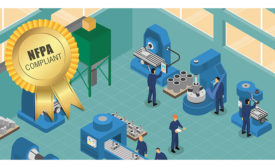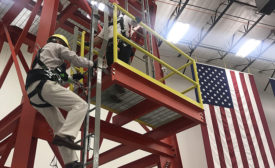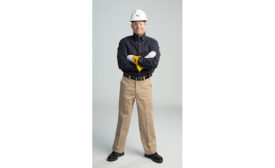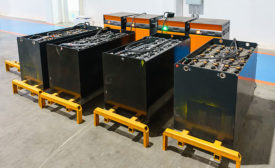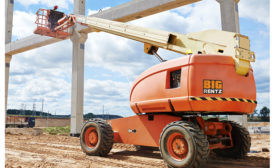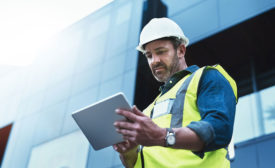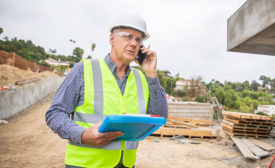Risk Management
From the NIOSH Director's Desk
The benefits of strategic safety planning
It’s about predictions, not certainties
March 2, 2020
Construction’s toll on workers
Investments are key to avoiding the “fatal four”
March 2, 2020
Closing Time
Tools for serious injury & fatality prevention
Seeing precursors
March 2, 2020
Never miss the latest news and trends driving the safety industry
eNewsletter | Website | eMagazine
JOIN TODAYCopyright ©2024. All Rights Reserved BNP Media.
Design, CMS, Hosting & Web Development :: ePublishing



